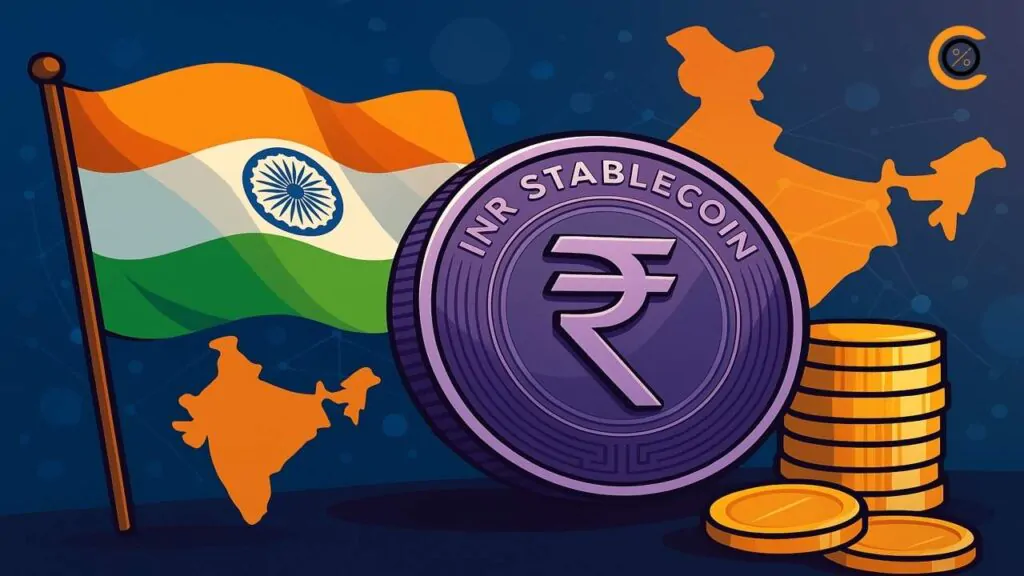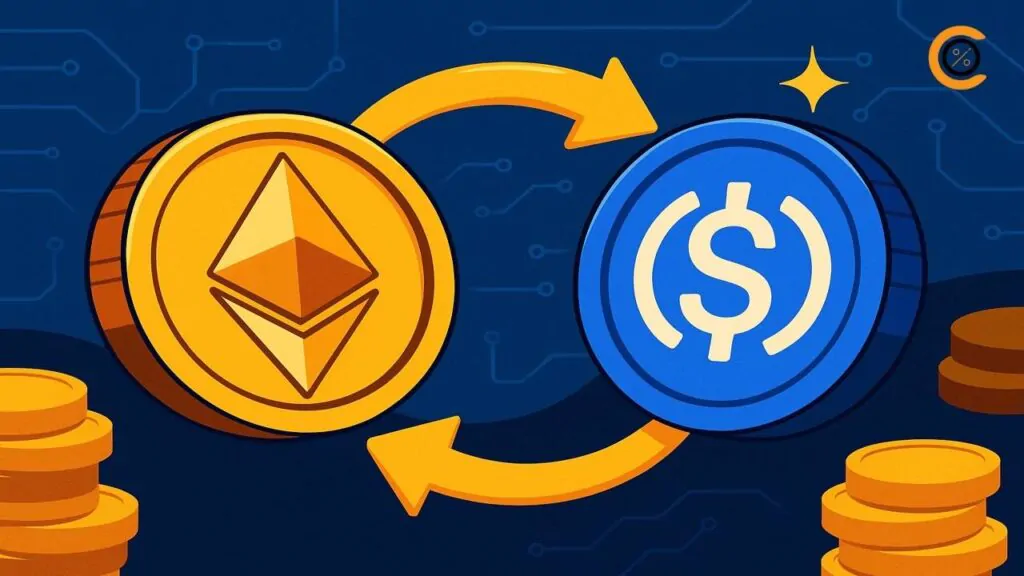- •The Indian government is exploring an India stablecoin framework, with the Economic Survey 2025–26 likely to outline limited, use-case-based options.
- •The RBI remains cautious, stressing risks to monetary policy, capital flows, and compliance while prioritising expansion of CBDC pilots over stablecoins.
- •Industry views are divided, with payments firms seeing potential in fiat-backed stablecoins for cross-border transfers and market players warning about oversight gaps.
The discussion around an India stablecoin framework has taken a clearer shape as the government evaluates whether stablecoins could have a limited, regulated role in the economy. The idea surfaced through the Economic Survey 2025–26 preparations, where officials indicated that the government may present a case for exploring their utility. While the topic has been debated for years, this marks one of the first signs of structured consideration from policymakers. The tone remains careful, though the conversation signals a shift from earlier views. For a market with no crypto regulation today, this early exploration is drawing attention across financial and policy circles.
Government Weighs Early Experiments With Stablecoins
According to the Moneycontrol report, the central government is considering small-scale experiments with stablecoins before deciding whether they can be used for certain transactions. An official familiar with the matter said the Economic Survey might outline how stablecoins could be recognized as legal tender for limited use cases, although nothing has been finalized.
The government’s position is centered on understanding the technology rather than rushing regulation. Officials highlighted that India needs to stay aligned with global developments while assessing whether the domestic banking system can support stablecoin-based transactions. This includes reviewing stablecoins alongside international examples, such as the United States’ GENIUS Act, which provides a structured approach to regulating dollar-backed issuers.
India’s pending discussion paper on crypto, which has not yet been released to the public, is also expected to outline use cases and offer differentiated treatment across assets like Bitcoin, stablecoins, and other forms of crypto. Earlier comments reported by Moneycontrol suggested the paper could draw insights from US legislative models while assessing potential roles stablecoins may play in payments and cross-border transfers.
Also read: Kraken IPO Moves Ahead With Confidential SEC Filing
Diverging Views Between Government and RBI
The Cointelegraph report supports this narrative by noting a clear divergence in outlook between the government and the Reserve Bank of India. While the government is exploring whether a stablecoin framework is viable, the RBI continues to push a cautious policy stance.
RBI Governor Sanjay Malhotra reiterated that concerns around monetary policy, capital flows, and money laundering still guide the central bank’s approach to crypto. He emphasized that India should prioritize expanding central bank digital currency pilots instead of leaning on stablecoins for international payments. This aligns with the RBI’s long-standing position that cryptocurrencies, including stablecoins, should not be treated as legal tender.
Fintech and market leaders have offered mixed views during recent events. Payments industry representatives noted that fiat-backed stablecoins could improve the speed and cost of remittances, while capital market stakeholders warned that they could weaken regulatory oversight. Industry experts, quoted by Moneycontrol, stressed the need for sandbox testing before any regulatory framework is defined. Their position remains consistent: stablecoins should be viewed as speculative, collateral-backed assets rather than currency.
Related read: Indian Court Sentences 14 to Life in Bitcoin Extortion Case Trial
A Thoughtful Path Forward for India’s Digital Money Future
The evolving conversation around an India stablecoin framework suggests a more open approach from policymakers, even if the direction is not yet settled. The government appears willing to examine limited, controlled use cases, while the RBI continues to prioritize caution and advancement of the digital rupee. Both viewpoints reflect the complexity of integrating new monetary tools into a large financial system.
As India heads toward the release of its crypto discussion paper and the Economic Survey 2025–26, the next steps will likely determine how stablecoins are evaluated in practice. The debate is still in its early stages, and the government has not taken a final position. For now, stakeholders are watching closely to see how India balances innovation, regulatory clarity, and financial stability in the months ahead.






